Timing, content and results: from “welcomes” to abandoned shopping carts and browsing sessions, we have placed eight triggered emails under the microscope for you, for urgent inclusion in your CRM program!
After covering good practices for all triggered emails in our first article in this series, including taking care with your design and UX, monitoring compatibility with changes to webmail and email clients, and prioritizing to boost conversions, now we will take a more detailed look at triggered emails.
From welcomes to rewards programs, by way of abandoned shopping carts and birthday emails, we will focus on the eight main triggered emails used by CRM and email marketing programs. When should you send them? What should you say? What results can you expect? You will find the answers to these questions and more, from a case-by-case perspective.
1. Welcome pack: The first impression is always right
A welcome email serves multiple purposes. But it has just one communication objective: to (re)onboard your lead. This is usually the first brand communication that a subscriber receives.
So, you may as well inject all of the goodwill and energy that you are prepared to transmit in this first exchange. “The first impression is always right,” and it lays the foundations for future communications. And the quality of the message is an indicator of the quality of future messages: this phenomenon is well-known to marketers, as the “halo effect.”
Sequencing and timing: A (brief) welcome will suffice
As a general rule, you don’t want to send out too many welcome emails (welcome to the newsletter, welcome to the rewards program, welcome to the store, etc.). The brand, alone, should offer a welcome…. once and for all!
When should you send your welcome email? As soon as possible! It is useless – even counterproductive – to wait a day or two. Ideally, you should send out your welcome email in real time, while your brand is still fresh in the user’s mind.
Then, follow it up with a commercial email, after an interval that is representative of your average commercial pressure. Whether for B2B or the sale of services, if a subscriber has not made contact with the brand within a predefined period of time, a follow-up is justified.
Form and content: The ingredients of a welcome email
Innovative, creative formats (like video, animation, etc.) are a plus, but the most important aspects of a welcome email are the clarity of the UX and its “technical” quality. The right message, sent quickly, which can be read in any context…
In terms of the message, a welcome email absolutely must:
- remind the recipient of why it is being sent and the context in which they gave their consent
- be personalized, based on the location and the subscription mechanism; under the GDPR (the EU’s General Data Protection Regulation), a non-subscriber can be contacted, if they are a customer who has purchased a similar product
- clearly indicate the option to unsubscribe; a CRM program that sometimes offers different content or a preference center questionnaire will soon prove useful to the subscriber (and, as an added bonus, it enhances your customer knowledge).
On the flip side, you should avoid offering a conditional promo code ($10 off with a new subscription, etc.). For that matter, this type of practice is not compliant with the GDPR. And honestly, wouldn’t it be more beneficial in a reactivation email?
Results: Pay attention to deliverability
Open rates are typically fairly low (for a triggered email)… but that’s mainly because this is the scenario where we see the most bounce. And this is why deliverability is so key.
The advantage is that your addresses are automatically sorted, without compromising your database hygiene. Don’t hesitate to restrict that email to a separate, dedicated IP address, or even a dedicated domain, to maintain your reputation.
Who you are and what you can do for me: the very first email that a recipient receives is an opportunity for your brand to mark its territory.
2. Birthdays: A mix of engagement and conversion
A birthday is a terrific opportunity to merge a trigger with customer retention: these emails reinforce a sense of belonging and respect, as well as stimulating customer engagement.
Take note: We’re talking about birthdays, not customer relationship anniversaries. Celebrating that kind of anniversary (enrollment in a rewards program, for example) could be seen as opportunistic…
READ ALSO > Email marketing: How MATY makes its campaigns sparkle
Timing: On the day or as part of a sequence?
If engagement is your primary objective, you should send out the email on their actual birthday. However, if you are more focused on conversions, a three-step scenario (X days before, the day of and X days after) would be a better option.
Content: One special message, one special offer
It should be simple and effective: one message, one push on the “confirmation bias” lever (you are our customer, and you made the right choice) and one customer-retention offer. That special offer will depend on your objectives:
- conversion: for your birthday, take an additional 10% off…
- drive-to-store: a birthday surprise is waiting for you at the store.
Results:
Of the different “customer” triggers (welcome, reactivation, etc.), birthday emails offer the best behavioral results. It is still inferior, though, to “product” triggers, in terms of both behavior and generated revenue.
Birthdays: a terrific opportunity to combine conversions with retention…
3. Reactivation: Operation “Wake Up”!
Here today, gone tomorrow… One of a CRM team’s main challenges is to “wake up” dormant customers. And a reactivation email pursues precisely this objective, with results that can be quite significant.
Timing: When disengagement rears its head… if not before!
There is no one right time to send a reactivation email: by its very nature, its timing should be personal. It will depend on the recipient’s degree of disengagement. To determine when to send out these messages, it is best to define a segmentation by level of (in)activity: active, inactive for X weeks, for X months, etc.
And it works even better when that segmentation is predictive, rather than based on data from the past. This involves observing changes in open rates, deducing their future trend and “matching” the trigger with the most opportune moment…
Content: An evolving scenario
It is rare that a single reactivation email can reinvigorate a lead. Even less so a single scenario that is activated automatically. The problem is that marketing automation solutions can lead to the same scenario being sent to the same email address more than once…
Several solutions allow you to avoid this pitfall:
- change your content, based on the address’s life cycle
- build multiple scenarios
- exclude addresses that have already been exposed to this program.
Whatever scenario you choose, the subject of a reactivation email is even more crucial than for other types of campaigns: state the offer clearly, take an unconventional approach, etc. The essential is that you make a strong impact, because you are addressing a recipient who has displayed a lack of interest in your communications…
Results: A 3% reactivation rate is possible
With a solid scenario and finely tuned behavioral segmentation, it is possible to reactivate up to 3% of dormant customers internally. Combined with a special offer, this type of program is usually well-suited to A/B testing, so you can measure the impact… and the cost.
It’s true: you can rekindle a lead that has gone cold (or lukewarm).
4. Abandoned shopping carts: ROI royalty
This is often the first trigger that people think of… and for good reason: it can be extremely lucrative.
Timing: Rapid… or even rapid-fire
Sending it within an hour of the user abandoning their shopping cart can often optimize your results with this type of email. And those results will be even better, if you include it in a sequence followed up one or two days later.
But these are not absolute rules: your follow-up could garner more attention in the evening, or when commuting on public transit… Or a follow-up three days out could be better for you than the next day. Conclusion: Here again, it would be best to test out the timing for the initial email and the breakdown of its sequencing.
Content: Personalized, but “charted”
By definition, an abandoned shopping cart email needs to have personalized content. That being said, you should avoid personalization via screenshots of the shopping cart: a product photo, text and CTA encapsulated in a single image can jeopardize the likelihood of a conversion.
Instead, your email should adhere to the graphic charter for your CRM program, and the different fields (image, product information, price, CTA, etc.) should be separate variables. For this, it would be very useful to be able to interface your email design tool with your catalog feed…
For the second phase of your abandoned shopping cart program, your conversion rate could benefit from suggestions of similar products. Think up-selling and, above all, best-sellers!
Results: So good that everybody claims them as their own…
Abandoned shopping cart emails are almost their own discipline within digital marketing. In fact, the outcome can be so strong that all marketing services (paid channels, e-commerce, etc.) try to take credit for it…
Follow-ups on an abandoned shopping cart, one and three days out, can optimize your results.
5. Abandoned browses: Powerful, but complex
This little brother of abandoned shopping carts is more complicated to set up. All the same, it can be quite fruitful.
Timing: ASAP!
These emails follow almost the same rules as for abandoned shopping carts: quite soon after the visit, as part of a sequence… making sure to test out different intervals.
Content: Recommendations or best-sellers
As with any triggered email, an abandoned browse email needs to be contextualized to the brand. Especially if it enjoys strong positioning.
In this type of email, you will usually want to push two different kinds of offers:
- product recommendations: “during your visit, you looked at this item; we think you will also like these”
- best-sellers by product family: “if you’re still unsure, here is a selection of our best-sellers.”
Logically, highlighting customer reviews in this type of email helps to boost confidence and demonstrates the interest of the product.
Results: Will depend on your data
Optimal use of this trigger means the ability to combine volume with results. With a powerful DMP (data management platform), you can get more detailed metrics, for a higher additional margin.
The relevance of these platforms’ algorithms will also have a significant impact: if the user views multiple product categories, the artificial intelligence will be able to recommend the one that is of the greatest interest to the user… so long as it has enough data to make accurate calculations.
6. Product triggers: From launches to cross-sales
This catch-all category of triggered emails encompasses:
- purchase predictions
- product launches
- product replacements (consumable or non-consumable)
- cross-selling (or purchase rebound) emails
READ ALSO > eCRM: Five objectives achieved by BUT thanks to Dartagnan
Timing: When dictated by the data
In this case, the data are king! Their analysis will tell you about product replacement rates and will, therefore, suggest the perfect time to send your email. And their lookalikes (similar audiences) can be a formidable tool for expanding your target segments.
Content: Curated with the utmost care…
There is no better illustration of our schizophrenic behavior as consumers: we can accept that our data will be processed, but if, and only if, it simplifies our lives. And if it doesn’t come across as overly intrusive…
So, when formulating your offers, always privilege suggestions, conditional offers and an empathetic tone. In short, don’t be overly aggressive!
Results: A question of cohesion
To function well, this category of product-dedicated emails demands real cross-cutting cohesion between your data, content and marketing teams. Targeting or DMP segments, as well as how the product is featured and the associated content, are the keys to maximizing your opportunities.
7. Satisfaction surveys: To generate engagement
After they buy a product or service, “sounding out” your customers is always an excellent way to improve your customer knowledge… and ensure their retention. As a result, these emails are one of the most engagement-centric triggers.
Timing: After a few days of use
These emails should be sent once the user has had a chance to use the product or service, meaning a few days after its delivery. Too soon, and the results won’t be conclusive. Too late, and you won’t maximize engagement…
There are two other types of surveys, not covered by this category: those released before a product launch and those sent out before the brand transitions its positioning.
Content: As simple as possible
A post-purchase survey is strictly factual and calls for a single action. So, make sure you minimize the number of questions, and be merciless with regard to anything superfluous!
The ability to write in comments is a necessity (if only to show you value your customers). But that comments field should be optional, or else you risk having a much lower response rate.
Results: Strong engagement
Survey emails often yield above-average behavioral results (open rates and response rates).
A source of customer knowledge and engagement: the satisfaction survey is a trigger that you should not deny yourself.
8. Rewards programs: Engaging AND great for sales
A classic tool for retailers, rewards programs have changed a lot in recent years. Although they tended to be “siloed” in the past, they have now gone omni-channel, in line with the new uses of today. And email has proven to be the best channel for conversing with members of these programs.
Timing: A subtle cocktail
Just like a purchase, enrollment in a rewards program demands a confirmation email. This is a good start for promoting your products and/or services and for bolstering engagement.
But what comes next? Scenarios need to be developed for everything. In order to disseminate the right emails at the right time, you will need to consider:
- the usual sales events (Christmas, Black Friday, etc.) and those reserved for “frequent buyers” (private sales, etc.)
- the average purchase rate and the value of the available offer
- the reward thresholds and when points will expire
- any inactivity on the part of the customer and the end of your contractual commitment,
In other words, you will need to establish a subtle cocktail of generic messages for all members and more personalized communications.
Content: It all depends on your program
Your email content will, of course, depend on the nature of your rewards program:
- if it is event-based: upcoming occasions, confirmations, VIP invitations, etc.
- if it is points-based: you will want to include a reminder of available offers (vouchers, credits, etc.)
- if it is a paid program (such as an unlimited free shipping program): a reminder of the membership expiration date.
Results: Very strong, in terms of consumer behavior
For open rates and response rates alike, this type of trigger surpasses all the rest. The inclination to engage with an enrolled rewards program is, by its very nature, high (especially in the case of paid membership), which explains the very strong behavioral results.
The results can be equally impressive, in terms of revenue generated, particularly for points-based programs. A piece of advice: Make sure you measure the value of your target audience over a specific period of time. This will undoubtedly inspire you to reach out more.
About the author: Marie Loisel
Marie has 15 years of experience working in connected commerce (first at La Redoute and then at Boulanger). In those positions, she worked on CRM issues, but also on customer engagement (from customer knowledge to brand content).
To confer with her and/or ask for her expertise, you can write to her or find her on LinkedIn.



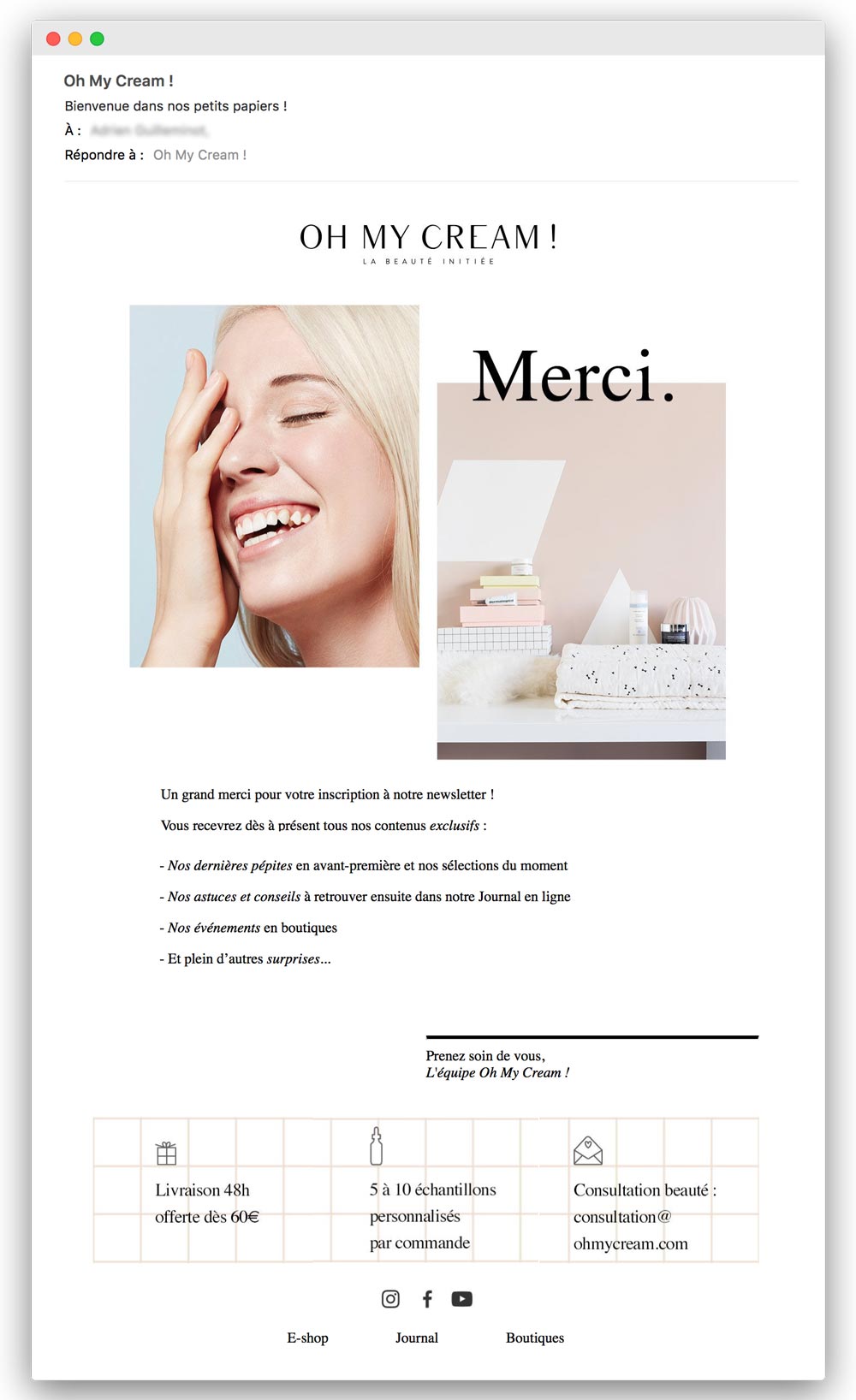

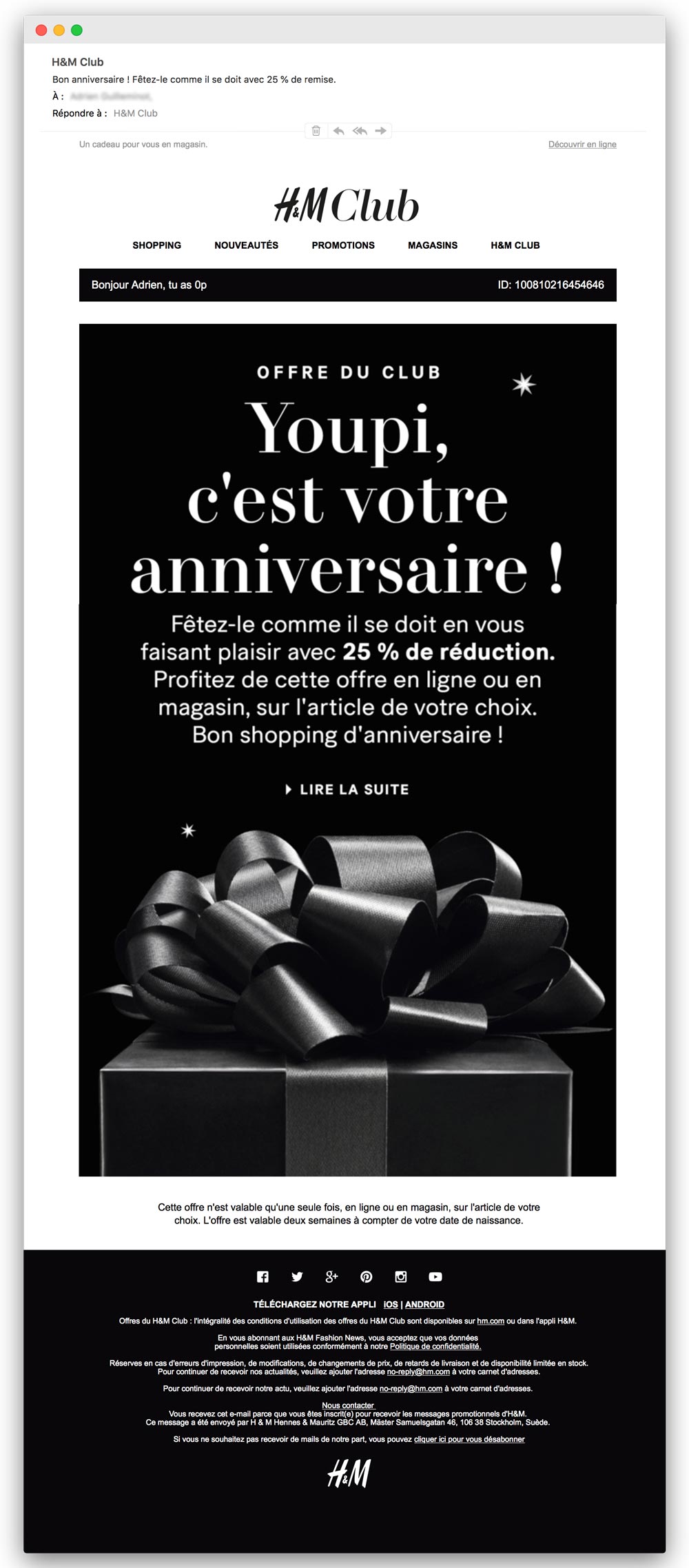
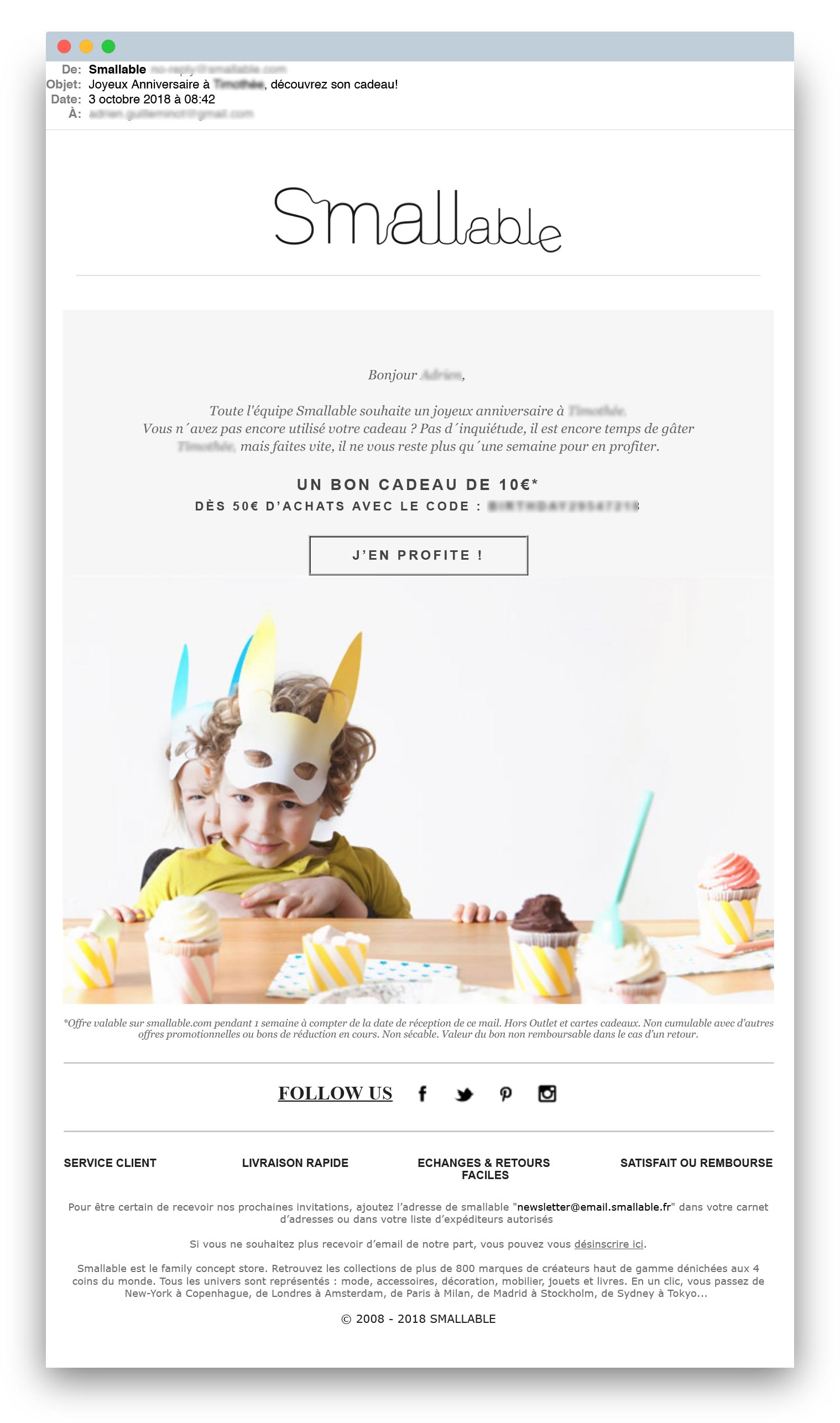

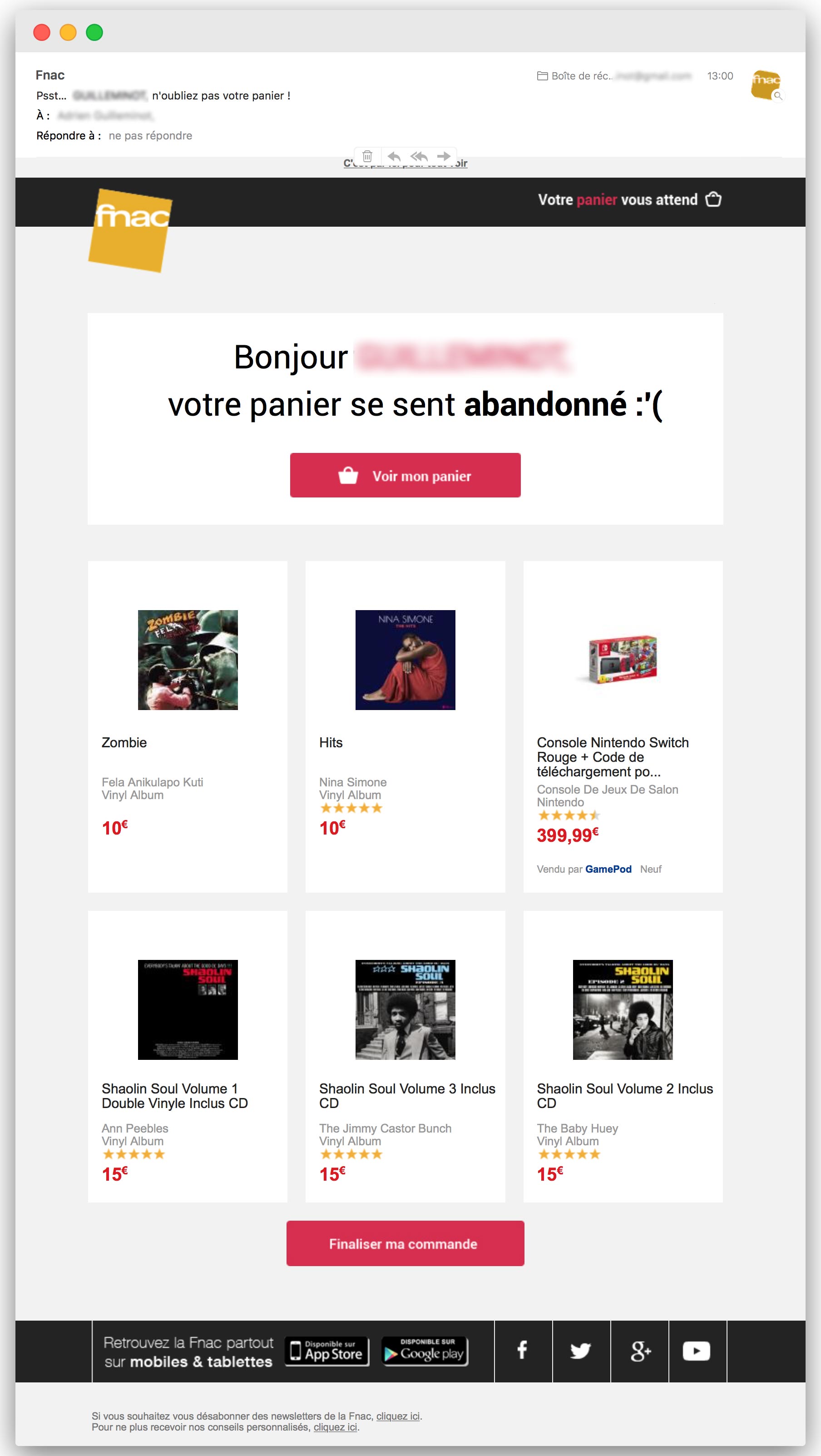
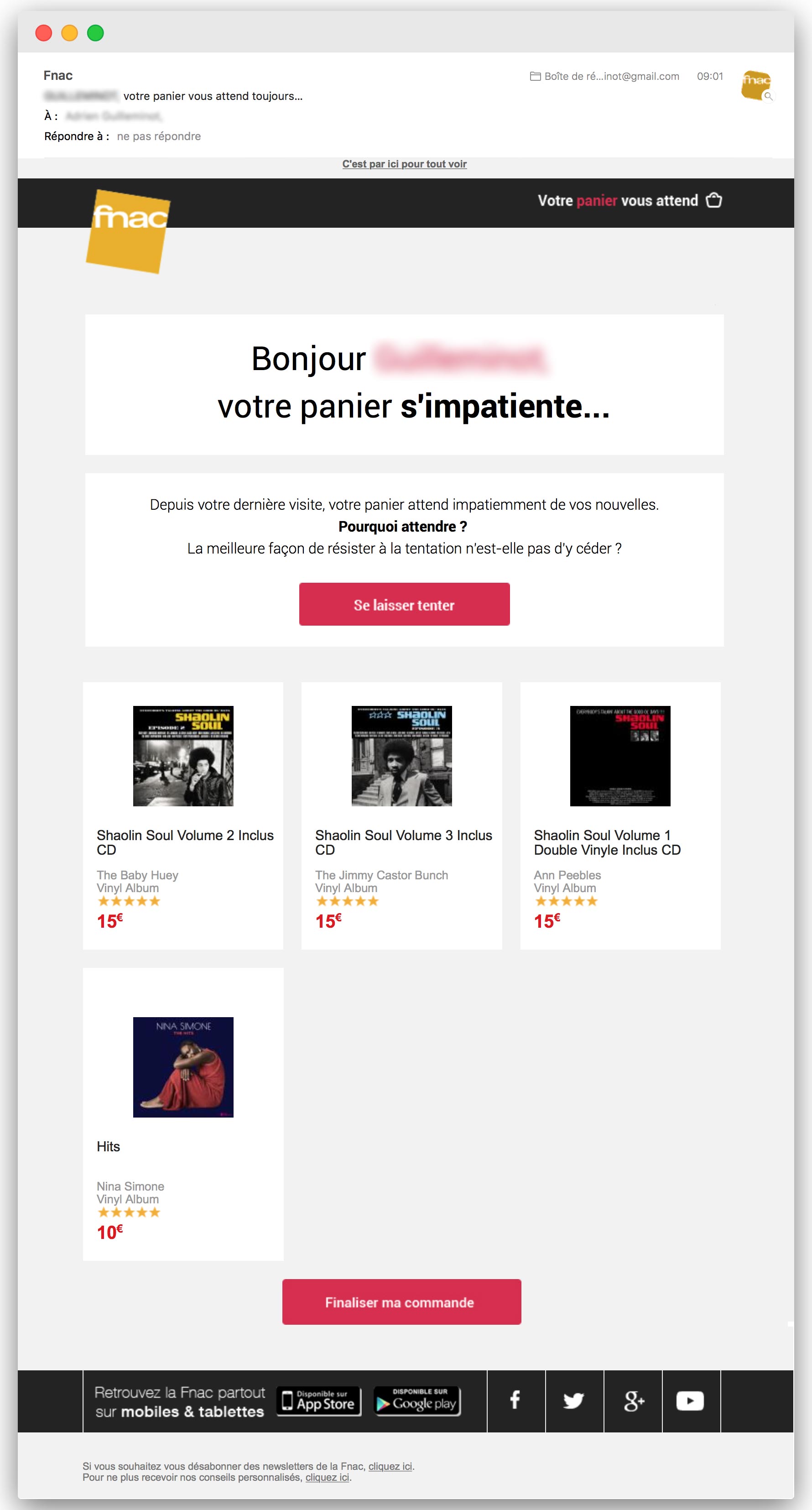

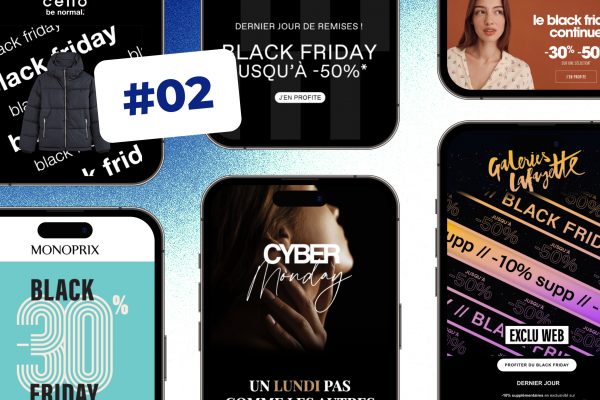
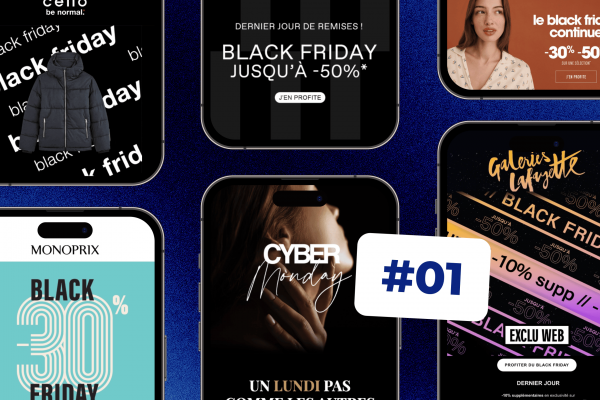
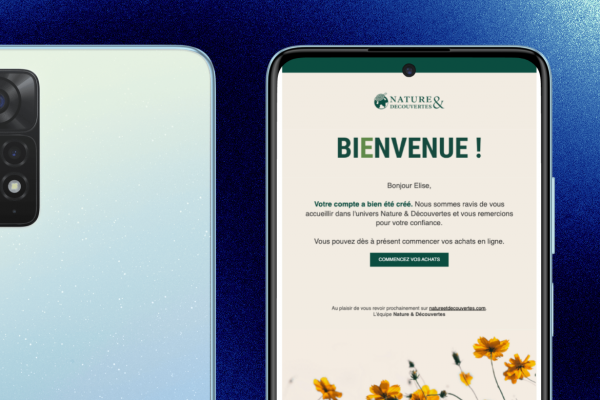


Aucun commentaire pour l'instant